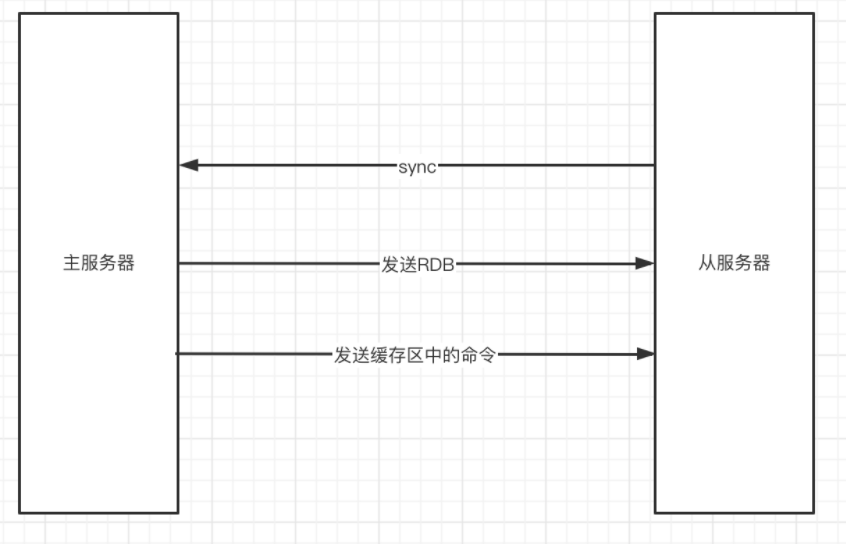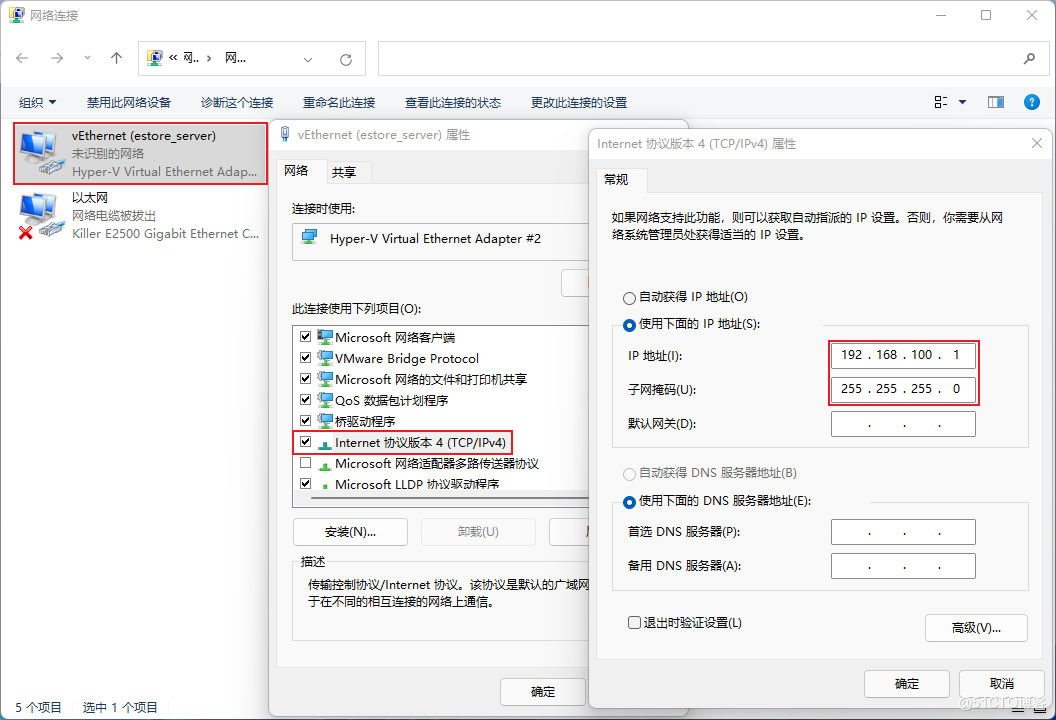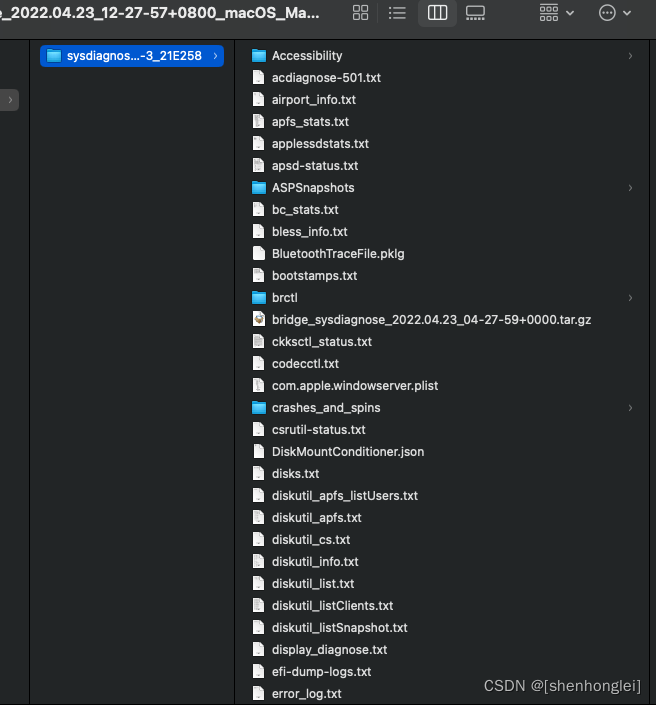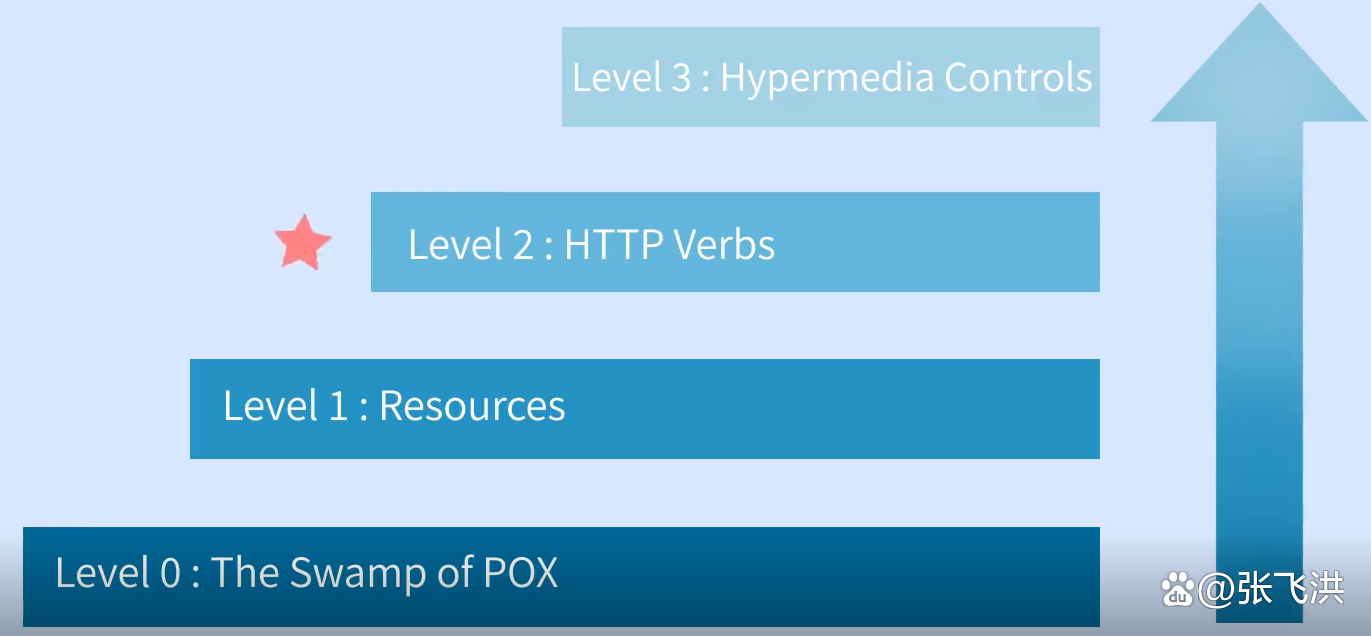当前位置:网站首页>Mysql database explanation (10)
Mysql database explanation (10)
2022-04-23 15:20:00 【C chord~】
Catalog
One .MySQL Master slave replication principle
2. How master-slave replication works
3. The principle of separation of reading and writing
2. Configure read-write separation
2. How master-slave replication works
3、 Master slave synchronization principle
introduction
In enterprise applications , Mature businesses usually have a large amount of data . A single Mysql In security 、 High availability and high concurrency can not meet the actual needs , Configure multiple master-slave database servers to realize read-write separation
One .MySQL Master slave replication principle
1.MySQL Replication type
- Statement based (SQL) Sentence copying
- Based on line ( Record ) Copy
- Based on hybrid replication ( The default usage is based on SQL Sentence copying , Use row based replication when this is not possible )
2. How master-slave replication works
master server master Record database operations to Binary log, meanwhile Master Nodes for each I/O Thread starts a dump Threads , Used to send binary transactions to it , Open from server I/O The thread sends a synchronization request to the main server , The master server sends the binary log content to the slave server , The slave server synchronizes the binary log sent from the master server to the relay log , From the server SQL The thread writes the relay logging operation to the slave server database .

3. The principle of separation of reading and writing
- Read write separation is to write only on the primary server , Read only from service ;
- The main database handles transactional queries , Processing from database select Inquire about ;
4. Project deployment
4.1. Synchronization time
master server
yum -y install ntp
vim /etc/ntp.conf
Add... At the end of the line
server 127.127.29.0 # Set local clock source , Pay attention to modifying the network segment
fudge 127.127.29.0 stratum 8 # Set the time level to 8( Restriction on 15 Inside )
systemctl start ntpd
From the server
yum -y install ntp ntpdate
systemctl start ntpd
/usr/sbin/ntpdate 192.168.29.11 # Time synchronization , Point to Master The server IP
crontab -e
*/30 * * * * /usr/sbin/ntpdate 192.168.29.11
2. The configuration file
master server
vim /etc/my.cnf
server_id = 1
log_bin=master-bin # add to , The primary server turns on the binary log
log_slave=updates=true # add to , Allows binary logs to be updated from the server
systemctl restart mysqld
mysql -u root -p
# Authorize the slave server , Allow it to copy all tables of all databases ( The first account )
grant replication slave on *.* to 'myslave'@'192.168.29.%' identified by '123321';
flush privileges;
see master Database state
show master status\G
From the server
vim /etc/my.cnf
server-id = 2 # modify , Be careful id And Master Different , Two Slave Of id It has to be different
relay-log=relay-log-bin # add to , Turn on relay log , Synchronize log records from the primary server to the local
relay-log-index=slave-relay-bin.index # add to , Define the location and name of the relay log file
systemctl restart mysqld
mysql -u root -p
change master to master_host='192.168.29.11' , master_user='myslave',master_password='123321',master_log_file='master-bin.000001',master_log_pos=412;
# Configuration synchronization , Be careful master_log_file and master_log_pos The value of should be the same as Master Consistency of query
start slave; # Start the synchronization , If an error is reported, execute reset slave;
show slave status\G # see Slave state
Make sure IO and SQL Threads are Yes, It means that the synchronization is normal .
Slave_IO_Running: Yes # Responsible for communication with the host io signal communication
Slave_SQL_Running: Yes # Be responsible for your own slave mysql process
# commonly Slave_IO_Running: No The possibility of :
1、 The Internet is not working
2、my.cnf Configuration problem
3、 password 、file file name 、pos The offset is not right
4、 The firewall is not closed
3. verification
Create libraries and tables on the master server , If successful, you can also view from the server .
Two . Read / write separation
1. install amoeba
take jdk-6u14-linux-x64.bin and amoeba-mysql-binary-2.2.0.tar.gz.0 Upload to /opt Under the table of contents .
cd /opt/
cp jdk-6u14-linux-x64.bin /usr/local/
cd /usr/local/
chmod +x jdk-6u14-linux-x64.bin
./jdk-6u14-linux-x64.bin
Press the space to the last line
Press yes, Press enter
mv jdk1.6.0_14/ /usr/local/jdk1.6
vim /etc/profile
export JAVA_HOME=/usr/local/jdk1.6
export CLASSPATH=$CLASSPATH:$JAVA_HOME/lib:$JAVA_HOME/jre/lib
export PATH=$JAVA_HOME/lib:$JAVA_HOME/jre/bin/:$PATH:$HOME/bin
export AMOEBA_HOME=/usr/local/amoeba
export PATH=$PATH:$AMOEBA_HOME/bin
source /etc/profile
java -version
## install Amoeba Software ##
mkdir /usr/local/amoeba
tar zxvf /opt/amoeba-mysql-binary-2.2.0.tar.gz -C /usr/local/amoeba/
chmod -R 755 /usr/local/amoeba/
/usr/local/amoeba/bin/amoeba
// If displayed amoeba start|stop Description installation successful
2. Configure read-write separation
Configuration on the server amoeba docking
grant all on *.* to test@'192.168.29.%' identified by '123321';
amoeba Configure server docking on the server
cd /usr/local/amoeba/conf/
cp amoeba.xml{,.bak}
vim amoeba.xml # modify amoeba The configuration file
30 modify
<property name="user">amoeba</property>
32 modify
<property name="password">123321</property>
115 modify
<property name="defaultPool">master</property>
117 Remove annotations –
<property name="writePool">master</property>
<property name="readPool">slaves</property>
cp dbServers.xml{,.bak}
vim dbServers.xml # Modify the database configuration file
23 modify
<property name="schema">mysql</property>
26 modify
<!-- mysql user -->
<property name="user">test</property>
28-30 Remove annotations
<property name="password">123321</property>
45 modify , Set the name of the primary server Master
<dbServer name="master" parent="abstractServer">
48 modify , Set the address of the primary server
<property name="ipAddress">192.168.29.11</property>
52 modify , Set the name of the slave server slave1
<dbServer name="slave1" parent="abstractServer">
55 modify , Set up slave server 1 The address of
<property name="ipAddress">192.168.29.66</property>
58 Copy above 6 Line paste , Set up slave server 2 The name of slave2 And address
<dbServer name="slave2" parent="abstractServer">
<property name="ipAddress">192.168.29.55</property>
65 modify
<dbServer name="slaves" virtual="true">
71 modify
<property name="poolNames">slave1,slave2</property>
/usr/local/amoeba/bin/amoeba start & # start-up Amoeba Software , Press ctrl+c return
netstat -anpt | grep java # see 8066 Whether the port is open , The default port is TCP 8066
3. test
mysql -u amoeba -p123456 -h 192.168.29.33 -P8066
// adopt amoeba Server proxy access mysql , Connect through the client mysql Only the main service will record the data written after , Then sync to from -- From the server
On the main server :
use db_test;
create table test (id int(10),name varchar(10),address varchar(20));
On two slave servers :
stop slave; # Turn off synchronization
use db_test;
// stay slave1 On :
insert into test values('1','zhangsan','this_is_slave1');
// stay slave2 On :
insert into test values('2','lisi','this_is_slave2');
// On the main server :
insert into test values('3','wangwu','this_is_master');
// On the client server :
use db_test;
select * from test; // The client will report to slave1 and slave2 Reading data , Only the data added from the two servers is displayed , No data added on the primary server
insert into test values('4','qianqi','this_is_client'); // Only the primary server has this data
// Execute on two slave servers start slave; You can synchronize the data added on the primary server
start slave;
summary
1.MySQL Replication type
- Statement based (SQL) Sentence copying
- Based on line ( Record ) Copy
- Based on hybrid replication ( The default usage is based on SQL Sentence copying , Use row based replication when this is not possible )
2. How master-slave replication works
master server master Record the database through dump The thread logs the operation to Binary log, Open from server I/O The thread sends a synchronization request to the main server , The master server sends the binary log content to the slave server , The slave server synchronizes the binary log sent from the master server to the relay log , From the server SQL The thread writes the relay logging operation to the slave server database .
3、 Master slave synchronization principle
- adopt amoeba proxy server , The implementation only writes... On the main server , Read only from service ;
- The main database handles transactional queries , Processing from database select Inquire about ;
- Database replication is used to synchronize changes caused by transactional queries to slave databases in the cluster
版权声明
本文为[C chord~]所创,转载请带上原文链接,感谢
https://yzsam.com/2022/04/202204231406063932.html
边栏推荐
- TLS / SSL protocol details (30) RSA, DHE, ecdhe and ecdh processes and differences in SSL
- The difference between having and where in SQL
- Leetcode151 - invert words in string - String - simulation
- 22年了你还不知道文件包含漏洞?
- Reptile exercises (1)
- C语言超全学习路线(收藏让你少走弯路)
- 脏读、不可重复读和幻读介绍
- Have you really learned the operation of sequence table?
- Comment eolink facilite le télétravail
- Nuxt project: Global get process Env information
猜你喜欢

8.3 language model and data set

asp. Net method of sending mail using mailmessage

Redis master-slave synchronization

G007-HWY-CC-ESTOR-03 华为 Dorado V6 存储仿真器搭建

T2 iCloud日历无法同步

免费在upic中设置OneDrive或Google Drive作为图床

如何设计一个良好的API接口?

thinkphp5+数据大屏展示效果

How to design a good API interface?

X509 certificate cer format to PEM format
随机推荐
Flink datastream type system typeinformation
Adobe Illustrator menu in Chinese and English
Openfaas practice 4: template operation
Borui data and F5 jointly build the full data chain DNA of financial technology from code to user
Share 3 tools, edit 5 works at home and earn more than 400
Error: unable to find remote key "17f718f726"“
How to use OCR in 5 minutes
Detailed explanation of C language knowledge points -- data types and variables [1] - carry counting system
Introduction to distributed transaction Seata
Redis cluster principle
我的 Raspberry Pi Zero 2W 折腾笔记,记录一些遇到的问题和解决办法
My raspberry PI zero 2W tossing notes record some problems encountered and solutions
Do keyword search, duplicate keyword search, or do not match
Kubernetes详解(九)——资源配置清单创建Pod实战
填充每个节点的下一个右侧节点指针 II [经典层次遍历 | 视为链表 ]
Leetcode153 - find the minimum value in the rotation sort array - array - binary search
Mysql连接查询详解
Example of time complexity calculation
Detailed explanation of kubernetes (IX) -- actual combat of creating pod with resource allocation list
How does eolink help telecommuting